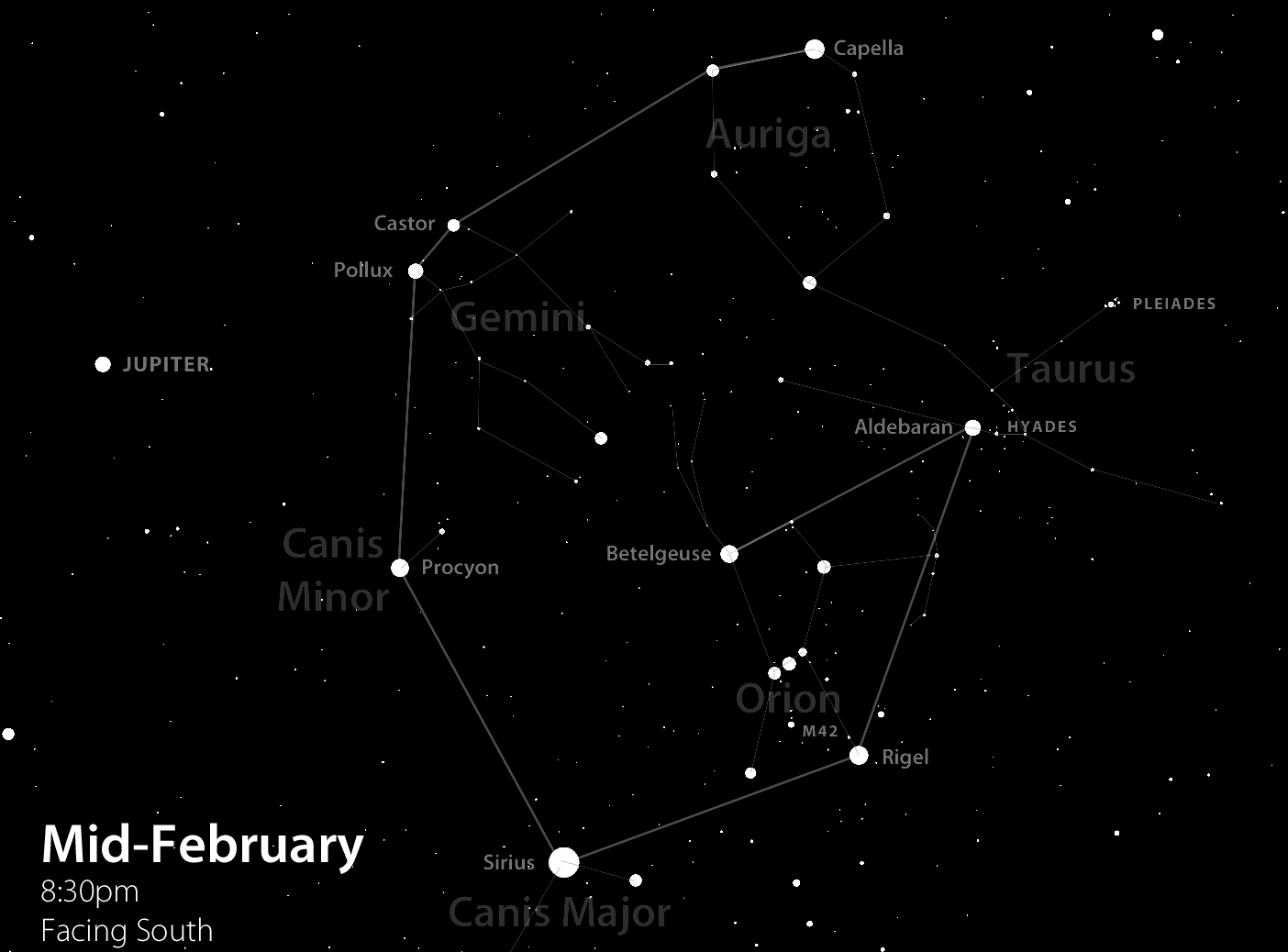 Geminids of the North
Geminids of the NorthExplanation: Earth's annual Geminid meteor shower did not disappoint as our fair planet plowed through dust from active asteroid 3200 Phaethon. Captured in this northern hemisphere nightscape, the meteors stream away from the shower's radiant in Gemini. To create the image, 37 individual frames recording meteor streaks were taken over period of 8.5 hours during the night of December 12/13. In the final composite they were selected and registered against the starry sky above a radio telescope dish of MUSER, a solar-dedicated radio telescope array at astronomically-named Mingantu Station in Inner Mongolia, China, about 400 kilometers from Beijing. Sirius, alpha star of Canis Major, shines brightly just above the radio dish and the Milky Way stretches toward the zenith. Yellowish Betelgeuse is a standout in Orion to the right of the northen Milky Way. The shower's radiant is at top left, high above the horizon near Castor and Pollux the twin stars of Gemini. The radiant effect is due to perspective as the parallel meteor tracks appear to converge in the distance. Gemini's meteors enter Earth's atmosphere traveling at about 22 kilometers per second.
| << Previous APOD | This Day in APOD | Next APOD >> |

 Wikipedia wrote:
Wikipedia wrote: